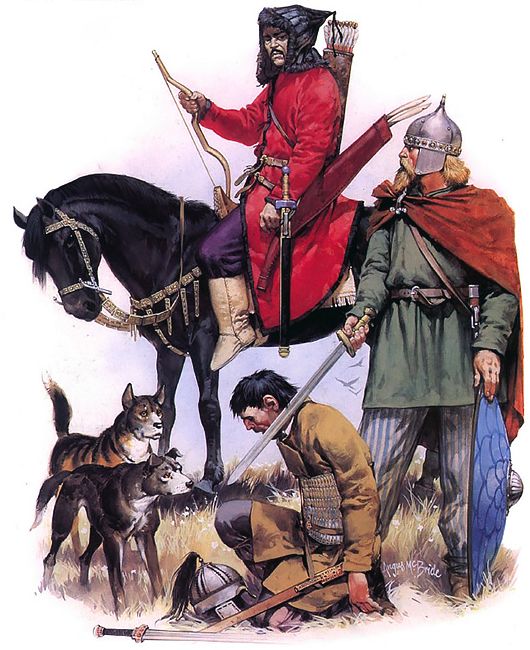
Fall of the Western Roman Empire
Rome, Metropolitan City of RomIn 376, unmanageable numbers of Goths and other non-Roman people, fleeing from the Huns, entered the Empire. In 395, after winning two destructive civil wars, Theodosius I died, leaving a collapsing field army, and the Empire, still plagued by Goths, divided between the warring ministers of his two incapable sons. Further barbarian groups crossed the Rhine and other frontiers and, like the Goths, were not exterminated, expelled or subjugated. The armed forces of the Western Empire became few and ineffective, and despite brief recoveries under able leaders, central rule was never effectively consolidated.
By 476, the position of Western Roman Emperor wielded negligible military, political, or financial power, and had no effective control over the scattered Western domains that could still be described as Roman. Barbarian kingdoms had established their own power in much of the area of the Western Empire. In 476, the Germanic barbarian king Odoacer deposed the last emperor of the Western Roman Empire in Italy, Romulus Augustulus, and the Senate sent the imperial insignia to the Eastern Roman Emperor Flavius Zeno.
While its legitimacy lasted for centuries longer and its cultural influence remains today, the Western Empire never had the strength to rise again. The Eastern Roman, or Byzantine Empire, survived and although lessened in strength, remained for centuries an effective power of the Eastern Mediterranean.
